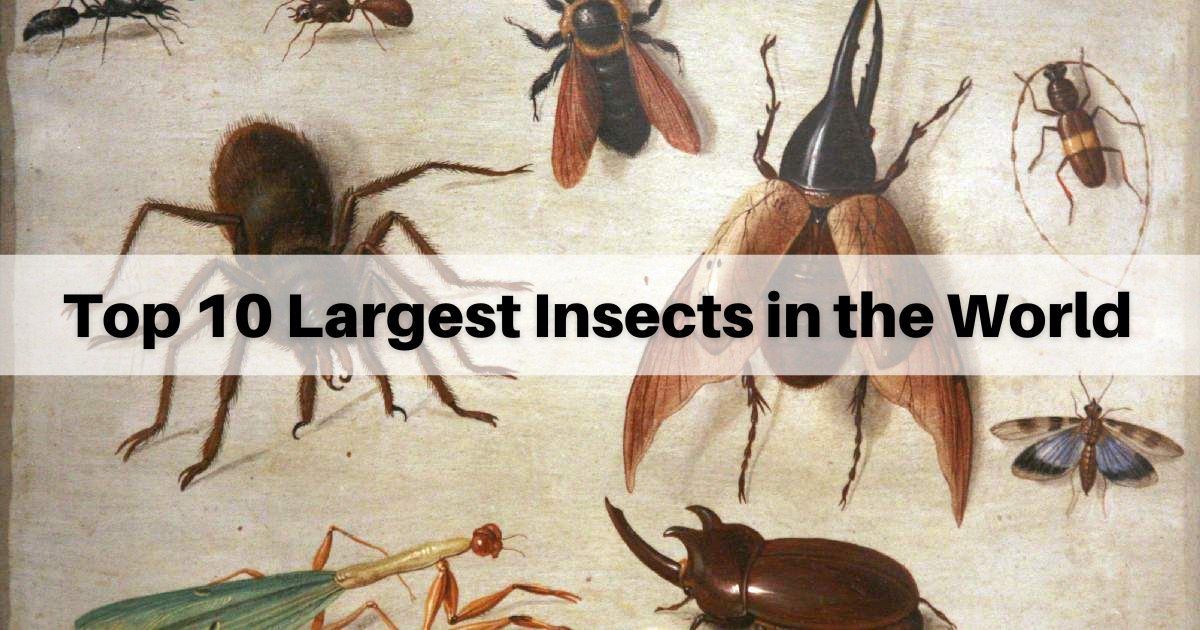Insects are the most diverse and numerous group of animals on Earth. They exhibit an astounding range of sizes, shapes, and behaviors. Among this vast array, some insects stand out due to their remarkable size. In this article, we’ll explore ten of the largest insects in the world, delving into their unique characteristics and the fascinating adaptations that allow them to thrive.
10. Queen Alexandra’s Birdwings
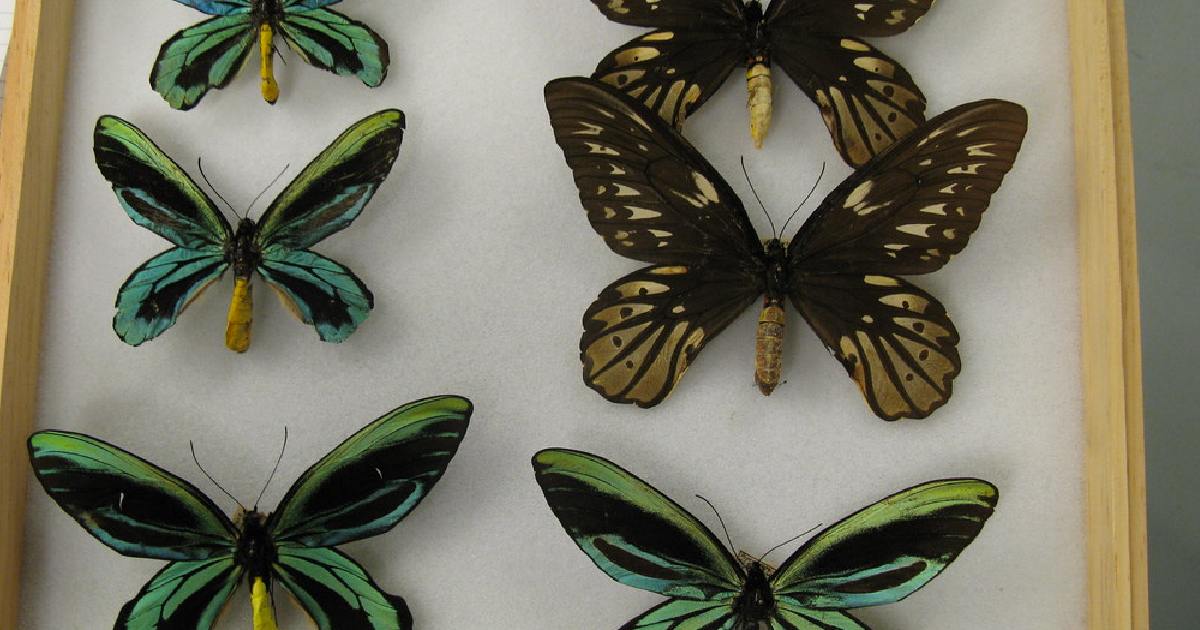
- Scientific name: Ornithoptera alexandrae
- Wingspan: Females can reach a wingspan of up to 10 inches, making them the largest butterflies by wing size.
- Body Length: Females have a body length of about 3 inches, while males, though smaller, are more brightly colored.
- Endangered Status: Due to habitat destruction and collection, these butterflies are listed as endangered, emphasizing the need for conservation efforts.
Queen Alexandra’s Birdwings, native to the rainforests of Papua New Guinea, are the largest butterflies in the world. These magnificent insects are not only known for their size but also their stunning colors. Queen Alexandra’s Birdwings exhibit striking sexual dimorphism, with females being larger and less colorful than the iridescent males. Their beauty and rarity make them highly sought after, but this has also led to their endangered status.
9. Giant Water Bugs
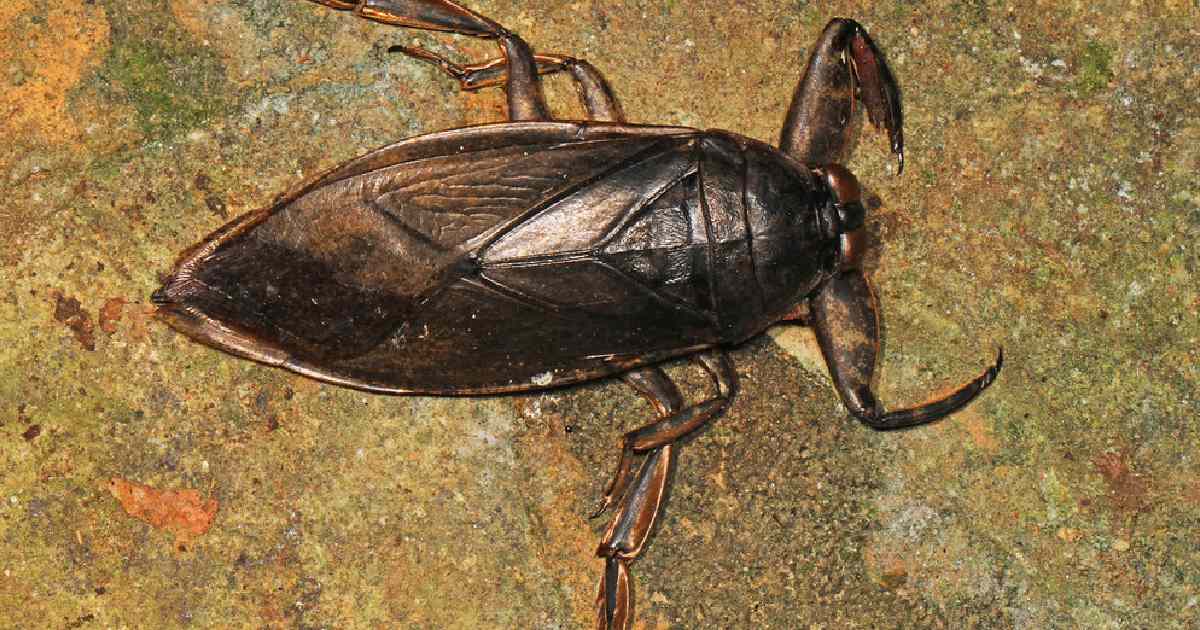
- Scientific name: Belostomatidae
- Size: These bugs can grow up to 4.5 inches in length.
- Predatory Nature: Equipped with strong forelegs, they capture and feed on fish, amphibians, and even small snakes.
- Venomous Bite: Their bite injects digestive enzymes that liquefy the prey’s tissues, which they then suck out.
Giant Water Bugs, commonly known as toe-biters, are among the largest true bugs. These aquatic insects are formidable predators found in slow-moving freshwater habitats around the world. Giant Water Bugs are masters of ambush, lying in wait for their prey in aquatic vegetation. A giant water bug has a painful bite and fearsome hunting tactics make them one of the most formidable insects in the world.
8. Hercules Beetles
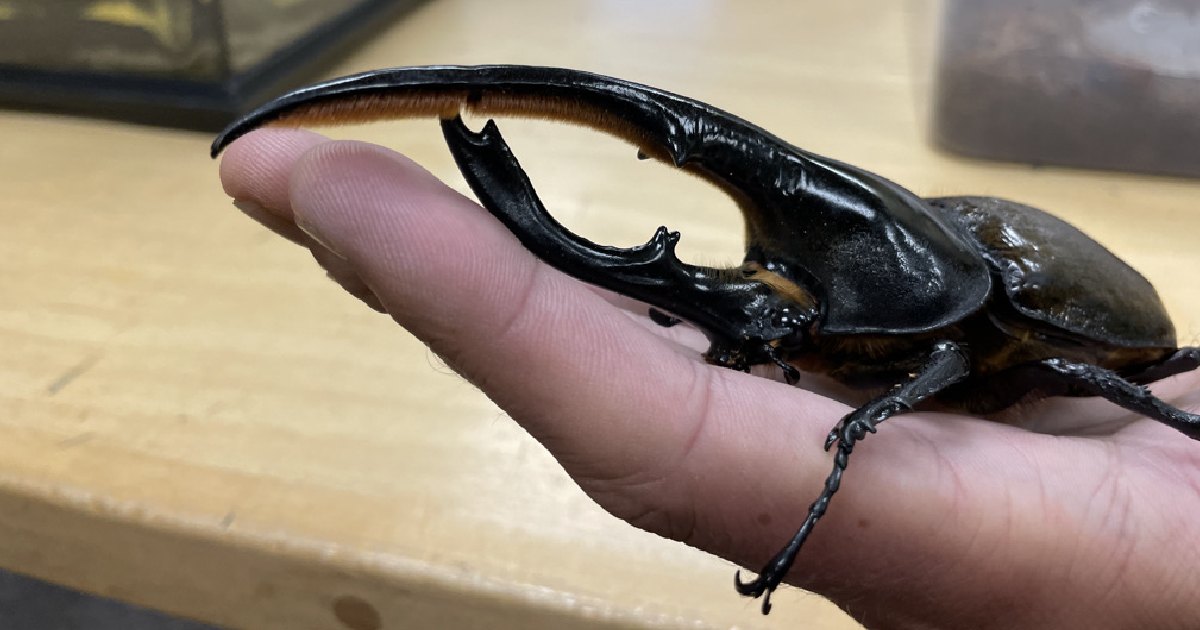
- Scientific name: Dynastes hercules
- Horns: Males possess large, horn-like pincers used in fights over mates, with the horns accounting for more than half their body length.
- Size: Males can reach up to 7 inches in length, making them one of the longest insects.
- Strength: They can carry up to 850 times their body weight, showcasing their incredible strength.
Hercules Beetles, a type of rhinoceros beetle, are found in the rainforests of Central and South America. Known for their impressive horns and remarkable strength, they are among the most iconic beetles. The extraordinary size of Hercules beetle specimens is attributed to their enormous horns, which are exclusive to male beetles and serve as weapons in battles with other males over mates. Hercules Beetles are fascinating for their behavior and physical prowess. During the larval stage, a Hercules Beetle feed on decaying wood and tree sap, growing rapidly before emerging as powerful adults.
7. Mydas Flies
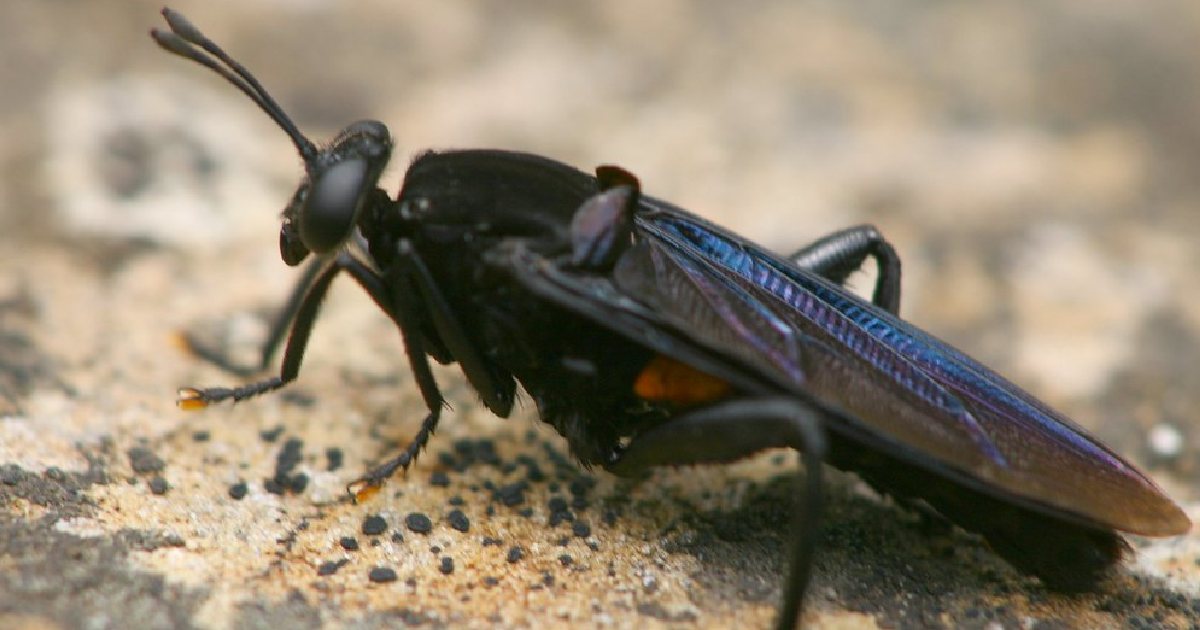
- Scientific name: Mydidae
- Size: These flies can grow up to 2.8 inches in length, with a wingspan of about 3.9 inches.
- Predatory Mimicry: They mimic stinging wasps to deter predators, although they are harmless to humans.
- Diet: They feed on nectar and other insects, playing a crucial role in controlling pest populations.
Mydas Flies are a family of large flies, with some species being the largest flies in the world. The Gauromydas heros, found in South America, is the largest of them all. Mydas Flies are remarkable for their rapid flight and ability to hover like hummingbirds while feeding on nectar. Their mimicry of wasps helps them avoid predation.
6. Tarantula Hawks

- Parts of the wasp genera: Pepsis and Hemipepsis
- Size: These wasps can reach up to 2 inches in length.
- Sting: Their sting is considered one of the most painful insect stings, second only to the bullet ant.
- Hunting Behavior: Female wasps hunt tarantulas to serve as living food for their larvae, laying eggs on the paralyzed spiders.
Tarantula Hawks are large wasps known for their painful sting and unique predatory habits. Found in various parts of the world, including the Americas, these wasps are formidable hunters. Despite their intimidating sting, Tarantula Hawks are generally not aggressive towards humans. Their hunting strategy is a fascinating example of specialized predation in the insect world.
5. Atlas Moths
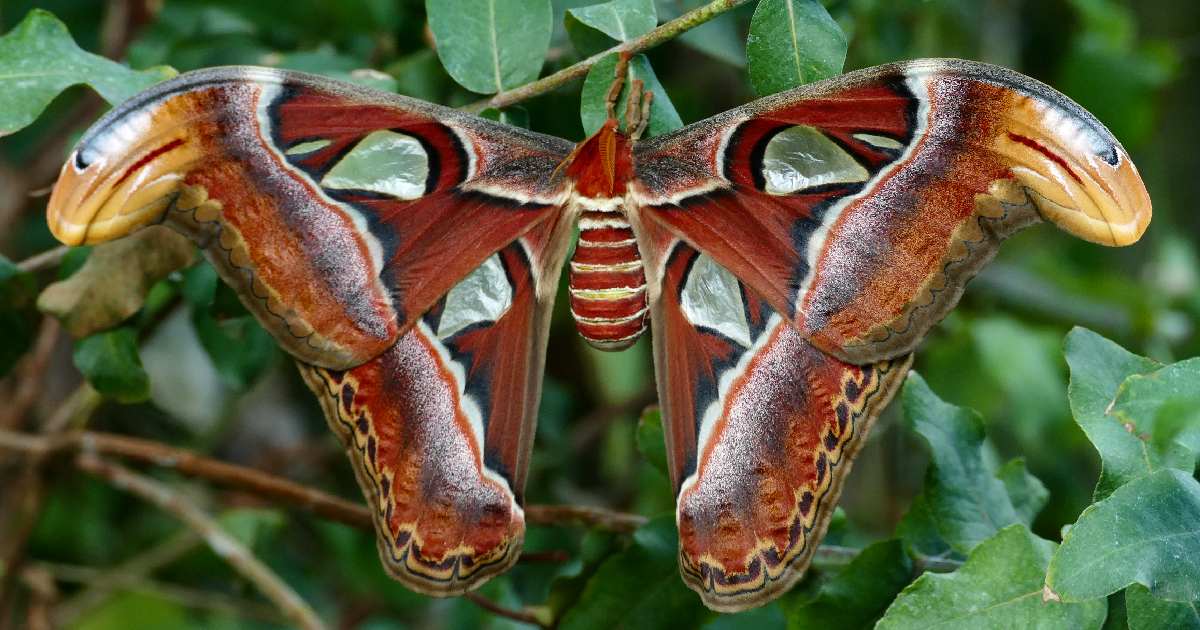
- Scientific name: Attacus atlas
- Wingspan: Their wingspan can exceed 10 inches, making them one of the largest moths in the world.
- Lifespan: Adults live only a few days, just long enough to reproduce, as they do not eat during this stage.
- Wing Patterns: Their wings have striking patterns resembling snakeheads, which deter predators.
Atlas Moths are among the largest lepidopterans, with a wingspan that rivals even the largest birds. These moths are native to the forests of Southeast Asia. Atlas Moths are nocturnal and primarily active at night, using their impressive size and wing patterns for defense against predators. An Atlas Moth larval stage involves feeding on leaves and growing rapidly before pupating.
4. Goliath Beetles
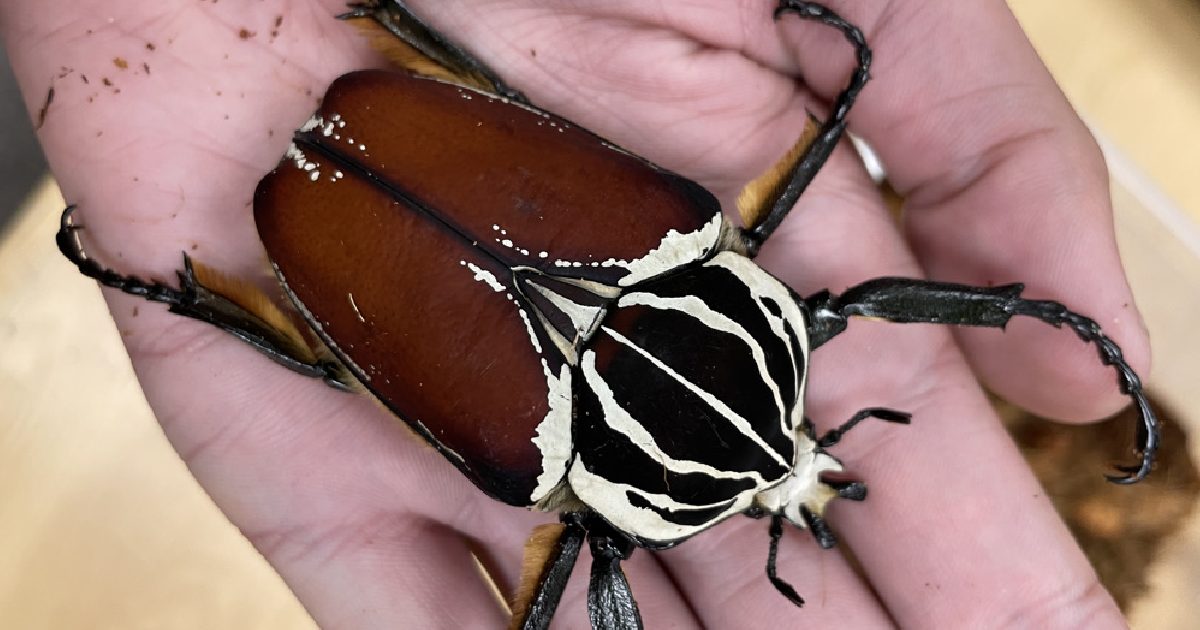
- Scientific name: Goliathus
- Weight: Larvae can weigh up to 3.5 ounces, and adults can reach up to 4.3 inches in length.
- Mandibles: A male Goliath Beetle has large mandibles used in fights over mates and territory.
- Diet: They feed on tree sap, fruits, and decaying plant matter.
Goliath Beetles are among the heaviest insects in the world, inhabiting the tropical forests of Africa. They belong to the family Scarabaeidae and are known for their impressive size and strength. Goliath Beetles exhibit fascinating behaviors during their larval stage, including rapid growth and significant weight gain. They play a crucial role in their ecosystems by breaking down decomposing materials.
3. Giant Wētās

- Members of the genus: Deinacrida
- Weight: They can weigh up to 2.5 ounces, making them among the heaviest insects.
- Defense Mechanism: They use their spiny legs to fend off predators.
- Habitat: They inhabit shrubs and trees, descending to the ground during the mating season.
Giant Wētās are large, flightless insects native to New Zealand. They belong to the genus Deinacrida and are closely related to crickets. The Barrier Island Giant Wētā is one of the most notable species. Giant Wētās have adapted to various ecological niches in New Zealand, showcasing a range of sizes and forms. A Giant Weta has unique adaptations make them a fascinating subject of study.
2. Stick Insects
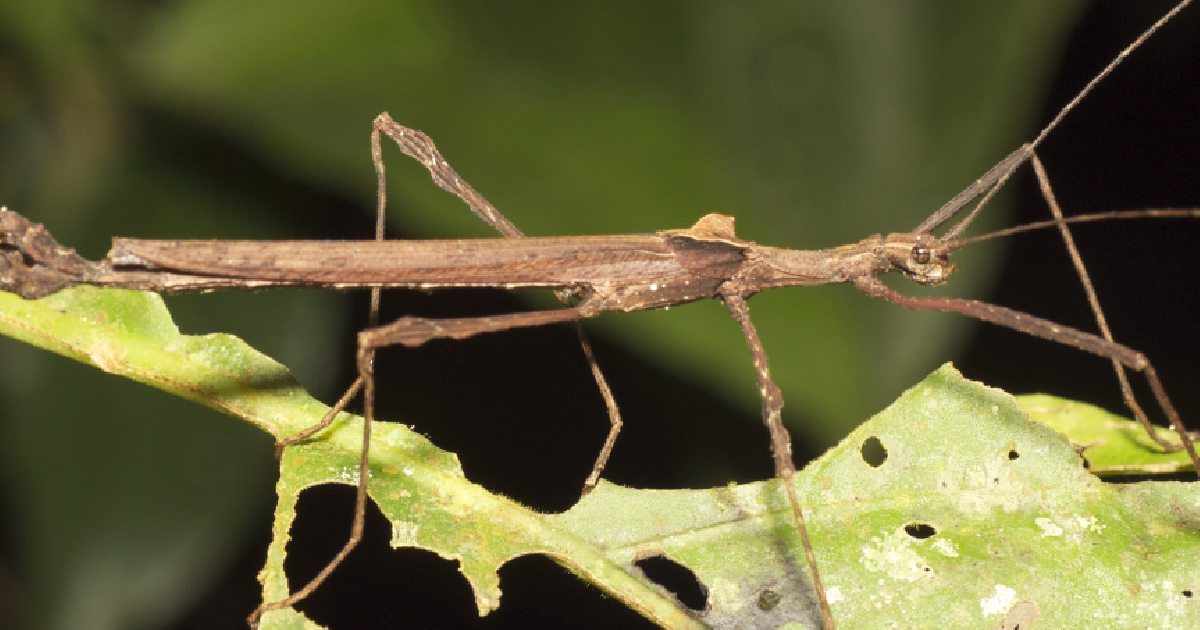
- Scientific name: Phasmatodea
- Length: The Phryganistria chinensis can reach up to 25 inches in length, making it the longest insect.
- Camouflage: Their appearance mimics sticks and leaves, providing excellent protection from predators.
- Regeneration: They can regenerate lost limbs, a unique survival trait.
Stick Insects, also known as phasmids, are masters of camouflage. They belong to the order Phasmatodea and are among the longest insects in the world. Stick Insects exhibit fascinating behaviors, such as playing dead to avoid predation and using their appearance to blend seamlessly into their surroundings. Their ability to regenerate limbs is a remarkable adaptation.
1. Titan Beetles
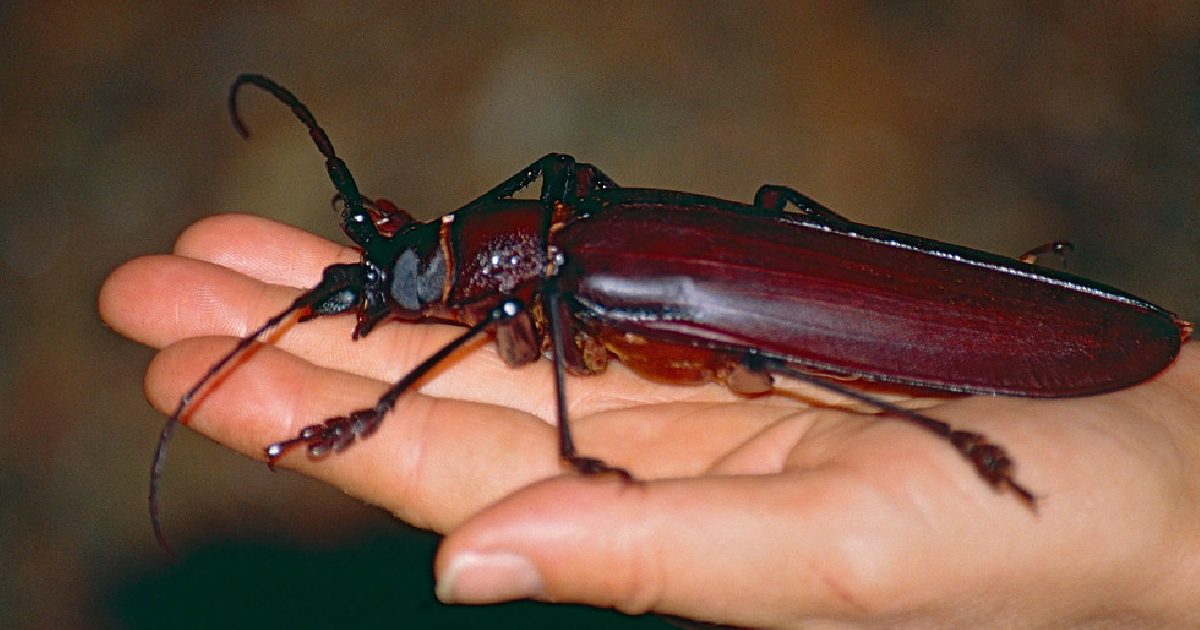
- Scientific name: Titanus giganteus
- Size: They can grow up to 6.5 inches in length, making them the largest beetles.
- Mandibles: They have powerful mandibles capable of snapping pencils in half.
- Larvae: Although their larvae have never been observed, they are believed to bore into wood and reach significant sizes based on the boreholes found.
Titan Beetles are the largest beetles in the world, found in the rainforests of Central and South America. They belong to the family Cerambycidae and are known for their impressive size and powerful mandibles. Titan Beetles are a testament to the incredible diversity and adaptability of beetles, showcasing extreme sizes and formidable defenses. Although scientists have not yet discovered any titan beetle larvae specimens, they have identified boreholes in dead trees, which they believe were made by these larvae. Their larval stage involves boring into wood, making them elusive and difficult to study.
Conclusion
The world of insects is incredibly diverse, with species that have adapted to various ecological niches through impressive size, strength, and unique behaviors. From the towering Titan Beetles of Central and South America to the delicate yet massive wings of Queen Alexandra’s Birdwings, these insects are fascinating examples of nature’s ingenuity. Understanding and preserving these remarkable creatures is crucial as they play essential roles in their ecosystems and offer valuable insights into the natural world.
Aside from the mentioned above, giant burrowing cockroach, elephant beetle, and other species of insect in the world plays a significant part of our ecosystem. Each of these insects, with their unique features and behaviors, highlights the incredible adaptability and diversity of life on Earth.
Whether it’s the formidable mandibles of the Titan Beetle or the impressive camouflage of the Stick Insect, these creatures demonstrate the extraordinary capabilities of the insect world. Through conservation efforts and continued research, we can ensure that these amazing insects continue to thrive and contribute to the balance of our natural ecosystems.
Frequently Asked Questions (FAQs)
What is the world’s largest insect?
The Titan beetle (Titanus giganteus) is the world’s largest insect, reaching up to 6.5 inches in length. Native to the rainforests of Central and South America, it boasts powerful mandibles capable of snapping pencils in half. Despite its fearsome appearance, the Titan beetle poses no threat to humans and is a marvel of the insect world.
What is the world’s longest insect?
The world’s longest insect is the Phryganistria chinensis Zhao, a species of stick insect discovered in China. This remarkable insect can reach lengths of over 24 inches or about 60 centimeters. Stick insects are masters of camouflage, resembling twigs and branches, which helps them avoid predators. Their incredible length makes them the longest insects known to science.
What is the largest order of insects in the world?
The largest order of insects in the world is Coleoptera, commonly known as beetles. With over 350,000 described species and many more yet to be discovered, beetles constitute the most diverse group of insects. This order includes a wide range of species, from the tiny featherwing beetles to the enormous titan beetles, showcasing incredible diversity in form, function, and habitat.
How big are Weta bugs?
Giant wētās, native to New Zealand, are among the largest insects in the world. They can weigh up to 2.5 ounces (70 grams) and reach lengths of about 4 inches (10 centimeters). These cricket-like insects are notable for their substantial size and weight. The largest species, the barrier island giant wētā, is particularly impressive, thriving in predator-free environments on offshore islands.
Are giant weta harmless?
Yes, giant wētās are generally harmless to humans. Despite their intimidating size and appearance, they are not aggressive and do not pose any danger. These insects are primarily herbivorous, feeding on leaves, flowers, and fruit. They have strong mandibles but use them mainly for feeding rather than defense. Their primary defense mechanisms include camouflage and producing sounds to deter predators.

